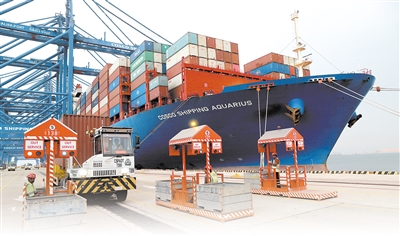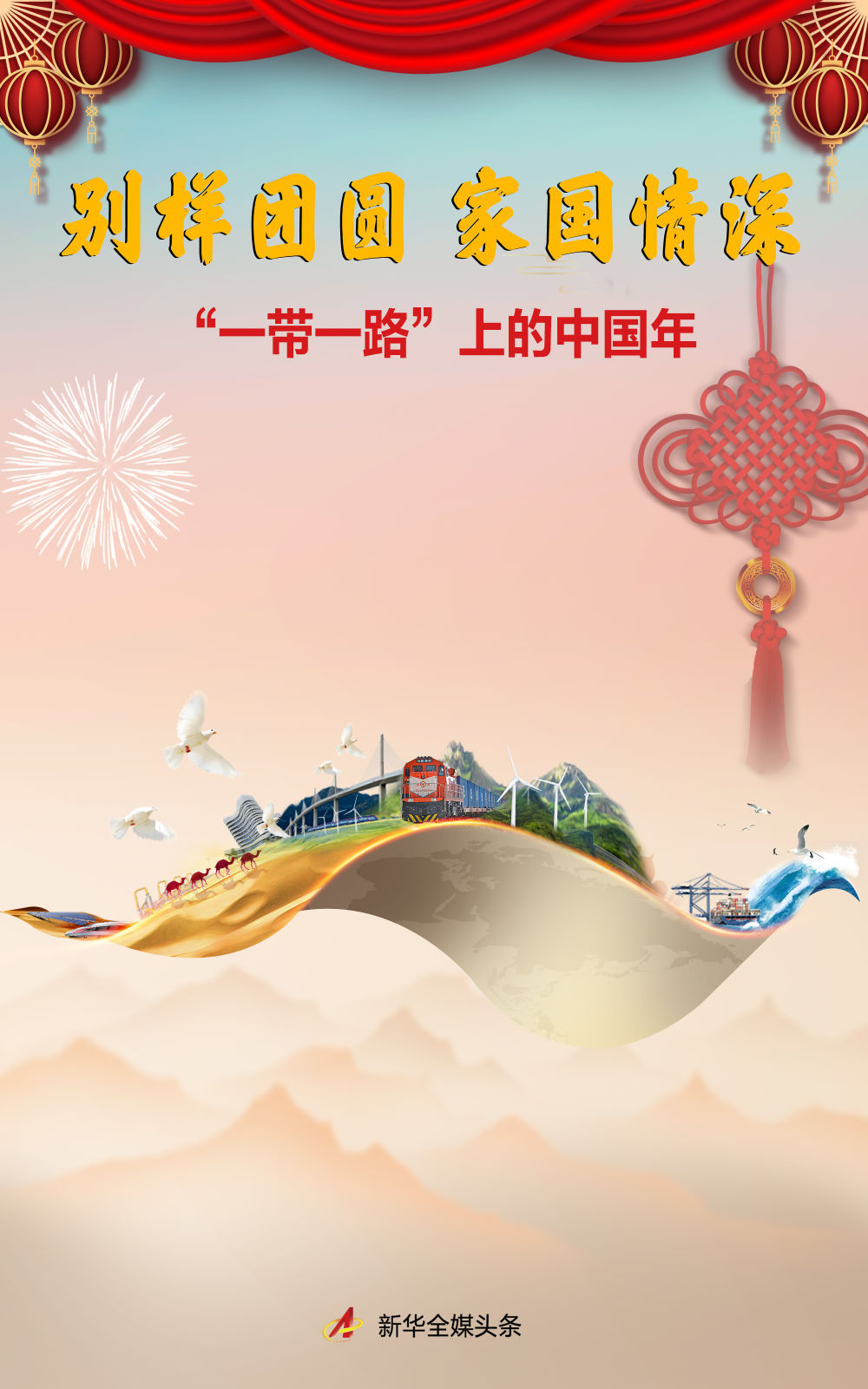Foreign Trade Data In July Exceeded Expectations: What Are The Reasons Besides "grabbing Exports"? Trade Diversification Helps Growth (2)
Foreign Trade Data In July Exceeded Expectations: What Are The Reasons Besides "grabbing Exports"? Trade Diversification Helps Growth (2)
China's latest foreign trade data has exceeded external expectations. According to customs statistics, in the first seven months of 2025, my country's total import and export value of goods reached 25.7 trillion yuan, an increase of 3.5% year-on-year. Among them, exports increased by 7.3%, and imports decreased by 1.6%.
In the first seven months, while China's exports to the United States fell by 12.6%, exports with ASEAN, the largest trading partner, rose 13.5%. Among them, exports to Vietnam, Thailand and Indonesia increased by 20.7%, 22.6% and 14.9% year-on-year respectively. During the same period, China's exports to India increased by 13.4%, exports to Africa increased by 24.5%, and exports to countries jointly built the "Belt and Road" increased by 10.4%. In the first seven months, China's export growth rate to countries that jointly built the "Belt and Road" continues to accelerate, and the growth rate in July has significantly accelerated, which further boosted the overall export. This shows that China has continued to deploy economic and trade cooperation on the "Belt and Road" in recent years, providing an important buffer for resisting major external shocks.
Since August 7, the United States has officially imposed "reciprocal tariffs" ranging from 10% to 41% on many countries and regions, and has imposed a 40% transshipment tax on evading tariffs through third-place transshipment methods. The head of an international freight forwarding company said that the "re-export" business they took from Vietnam was completely stopped when the tariff war in the United States started because the local government had begun to strictly investigate "re-export". More Chinese companies are waiting for tariff policies after the transition period, and will also lay out production capacity in a longer-term manner based on their own international development, "to produce and export globally in Vietnam, rather than simply packaging and assembly (avoiding tariffs)."
The deepening of cooperation in the international industrial chain can be seen from the form of China's trade and the export data of different categories. In the first seven months, China's general trade imports and exports increased by 2.1%, accounting for 64% of the total foreign trade value. Among them, exports increased by 7.4%, and imports decreased by 5.4%. During the same period, imports and exports of processing trade increased by 6.3%, accounting for 17.9%. Among them, exports increased by 3.8%, and imports increased by 10.5%. In addition, China's import, export, export and import through bonded logistics increased by 6%, 14.1% and 1% respectively.
Wang Jia, assistant researcher at the Institute of Economics of the Shanghai Academy of Social Sciences, believes that the process of regional integration will be further accelerated. Faced with the United States' policy of imposing different tariffs on different countries, the requirements for the origin of products will become increasingly strict in the future. Strengthening regional integration cooperation is an effective way for non-US regions, including China, to jointly respond to US tariff fluctuations. Taking the labor-intensive textile and garment industry as an example, in the process of industrial gradient transfer, some clothing OEM orders have been transferred to Southeast Asia, while China still retains a high concentration of textile machinery with a certain technological content and intermediate products such as raw materials and fabrics. At the same time, high-value-added electromechanical products and high-tech products have also maintained rapid growth, highlighting their resilience under severe circumstances.





